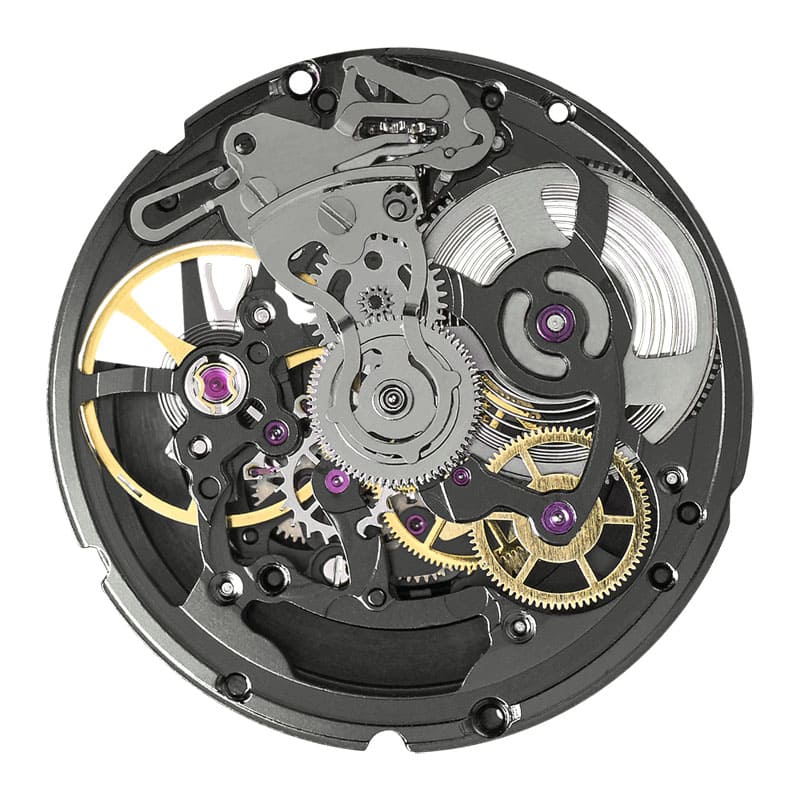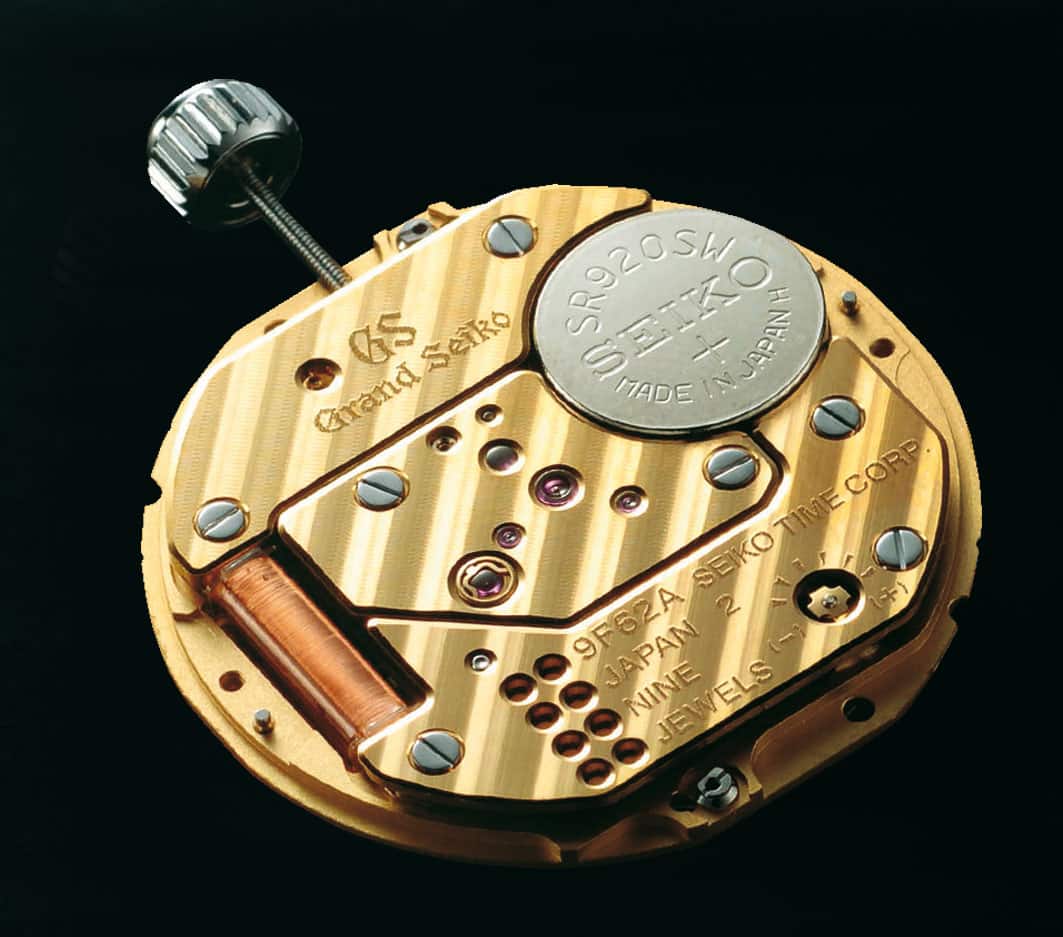You Asked Us: Why Do Watches Tick?
After a couple of more open-ended topics, here we have a nice, simple, technical question to answer: Why do watches tick?
Almost all watches tick. Generally, you will hear people saying that quartz watches tick and mechanical watches sweep. While this appears true on the surface, it isn’t technically correct. There are very few mechanically-powered watches that don’t tick. The most famous of which is the Grand Seiko Spring Drive system. Exactly how that works and how it differs from more regular escapements is a conversation for another day. In the meantime, let’s get back to the straightforward question posed: Why do watches tick?
Every watch has a power source. For the sake of simplicity, let’s say there are just two types of power sources: mechanical power or electric power. Mechanical power is generated by a mainspring coiled around a post within a toothed barrel as it tries to uncoil. Electric power is generated by a battery, activated as part of a circuit. The nature and specific operation of each power source are irrelevant to this question. What is relevant, however, is how that power is used.

The escapement
Every power source is finite. A coiled mainspring would uncoil instantly if nothing prevents it from doing so. A battery could be drained of its charge in a matter of seconds if the load placed upon it was too demanding. And so part of the trick to watchmaking is making those power supplies last longer. Having the hands take small steps (ticks) rather than continuously moving massively reduces the load on the power source. It also has the positive effect of extending the lifespan of the mechanical components that sit between the power source and the set of components that control its release. Those components, together, are known as the escapement.
In quartz watches, it is most common to see one tick per second.
The escapement is responsible for converting the power source into ticks. The amount of ticks per second affects the appearance of the seconds (or minute) hand’s movement. In quartz watches, it is most common to see one tick per second. That means one impulse has been delivered to the hands per second. As such, the hand jumps forwards very obviously. It is possible for quartz watches to tick more than once per second (often referred to as high-frequency quartz) but the drain on the battery goes up accordingly.
Operating frequency
If a mechanical watch has an operating speed of, for example, 28,800vph that means the balance wheel “vibrates” 28,800 times per hour (that’s what “vph” stands for). Each vibration equates to a single tick. And so a watch with a 28,800vph operating frequency “ticks” 8 times per second (28,800/60/60=8).
The escape wheel effectively acts as a brake…
Every time the balance wheel “vibrates” a unit of power is released from the mainspring, traveling through the gear train, moving the hands. This is enabled by the balance wheel unlocking the escapement, allowing the escape wheel to advance by one tooth. The escape wheel effectively acts as a brake, restricting the power supply of the mainspring in its barrel from being released to the hands in one go. If you’ve ever witnessed a watchmaker remove the escape wheel of a fully wound watch, you’ll know this results in the wild windmilling of the hands until the power drains a matter of seconds later.
It also results in an ear-splitting whirring and a cheek-reddening groan from all others in the workshop. A slow, painfully ironic clap has been known to follow…
And so watches tick when the power source is engaged and allowed to move the components forward. The sound itself is created when the escape wheel tooth smashes into the face of either the entry or exit pallet stone mounted on the pallet or anchor of the escapement. If you have any questions, please ask us in the comments section below.
Follow me on Instagram @robnudds

